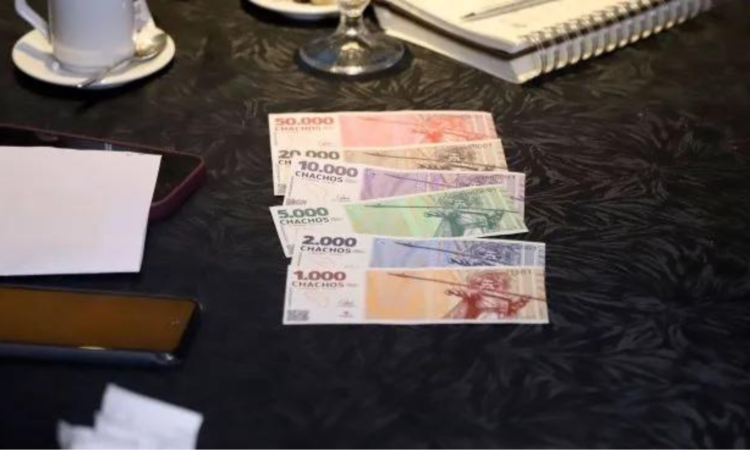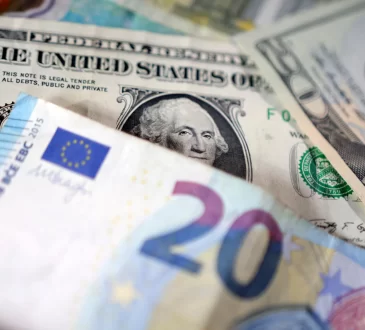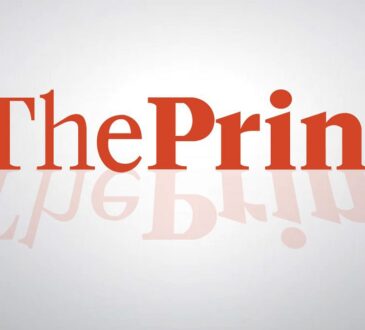
La Rioja province issued the first quasi-currency under President Javier Milei’s administration known as Debt Cancellation Bond (BOCADE, for its Spanish initials) on July 1. Quasi-currencies (cuasi monedas) are bonds intended to be used as cash, usually issued during liquidity crises.
Neither phenomenon is new for Argentines: there were 16 types of quasi-currency in 2001 and 2002 when the monetary scheme that pegged the peso to the U.S. dollar started to break down.
La Rioja’s new BOCADE — known as “chachos” because the bills feature local strongman Ángel Vicente “Chacho” Peñaloza — can be used for purchases in any store within the province. The government also said people can pay provincial taxes and public services with them. One chacho is worth one peso, and stores cannot accept them at a lower value or apply surcharges.
The provincial government’s website said the chachos were being issued because the national government was “not sending the funds due to the province.” It also cited “the devaluation, the austerity measures, and the deep crisis all the provinces are going through.”
The first to receive chachos as part of their salaries this month were Governor Ricardo Quintela, Vice Governor Teresita Madera, secretaries, undersecretaries, and general directors of the provincial government.
On July 15, state workers are set to receive an AR$50,000 bonus (US$52 at the official rate, US$36 at the MEP rate) bonus in chachos. They mature on December 21, 2024. The official website promises a 17% return if they are changed after their maturity date.
There are lingering questions regarding where chachos can be used. Last week, the La Rioja website had a list of “member stores” that accepted the chachos but that was suddenly deleted and replaced this week with the text: “Any person or legal entity may receive chachos.”
This sparked some confusion in the province: a state worker told the Herald that neither she nor her co-workers knew how or where they would receive the chachos because ATMs would not issue them.
“And it’s the same thing with who will accept them — I would pay public services first just in case,” she said. “I think it will be a mess.”
President Javier Milei harshly criticized La Rioja’s measure. “I think some of us warned about this,” he wrote on his X account in all caps. “They did not listen to us…”
The president also shared a post from economist Ramiro Castiñeira, one of his economic advisors. “The quasi-currencies are the tomb of the provincial and municipal public employee’s salaries. Instead of adjusting, they prefer to create a scam. You cannot print wealth,” he wrote.
Argentina has had a long and messy experience with quasi-currencies. In 1985, amid an economic crisis, then-La Rioja Governor Carlos Menem issued his own Debt Cancellation Bonds to pay state workers. Inflation quickly eroded their value and they were pulled out of circulation in 1991.
In 2002, 15 provinces and the Argentine state issued quasi-currencies. Due to 1991’s “convertibility bill,” the government could not issue money without backing in U.S. dollar reserves, since the peso was pegged to the greenback. Faced with a lack of liquidity, these bonds were devised as an alternative means of financing. After the country abandoned the convertibility model and Argentina’s economy started to recover in 2003, the quasi-currencies gradually disappeared.




